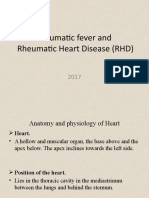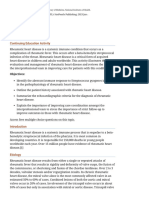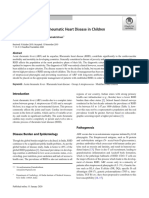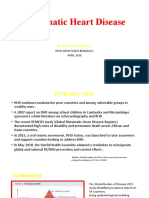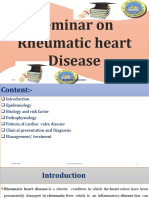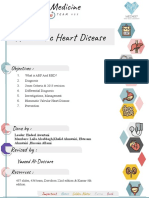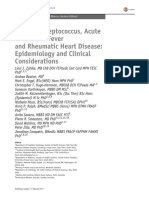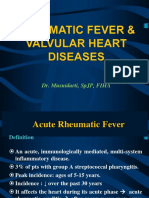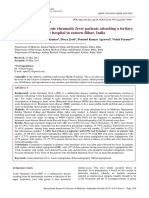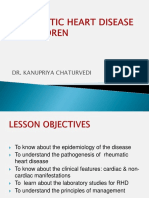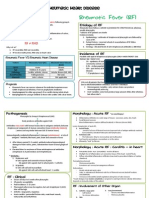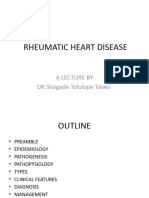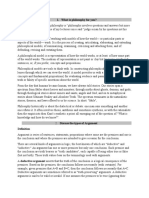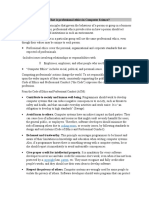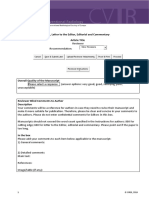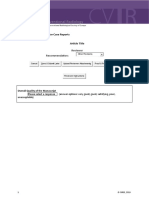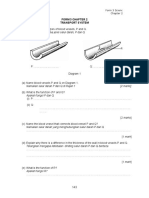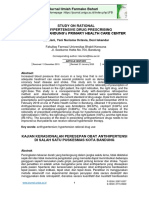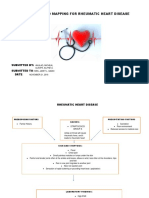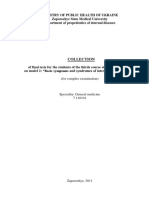0% found this document useful (0 votes)
23 views39 pagesUpdated RHD Final Visuals
Rheumatic Heart Disease (RHD) is a chronic condition resulting from Acute Rheumatic Fever (ARF), primarily caused by Group A Streptococcus, leading to progressive valvular damage. It predominantly affects children and young adults in developing countries, with significant morbidity and mortality rates, particularly among females. Diagnosis is confirmed through echocardiography, and management includes antibiotic prophylaxis and monitoring for valve progression.
Uploaded by
Irrfan jeilanCopyright
© © All Rights Reserved
We take content rights seriously. If you suspect this is your content, claim it here.
Available Formats
Download as PPTX, PDF, TXT or read online on Scribd
0% found this document useful (0 votes)
23 views39 pagesUpdated RHD Final Visuals
Rheumatic Heart Disease (RHD) is a chronic condition resulting from Acute Rheumatic Fever (ARF), primarily caused by Group A Streptococcus, leading to progressive valvular damage. It predominantly affects children and young adults in developing countries, with significant morbidity and mortality rates, particularly among females. Diagnosis is confirmed through echocardiography, and management includes antibiotic prophylaxis and monitoring for valve progression.
Uploaded by
Irrfan jeilanCopyright
© © All Rights Reserved
We take content rights seriously. If you suspect this is your content, claim it here.
Available Formats
Download as PPTX, PDF, TXT or read online on Scribd
/ 39






